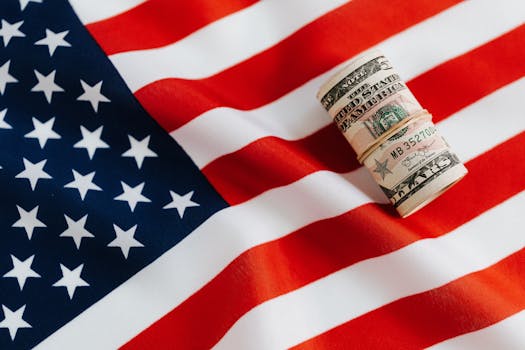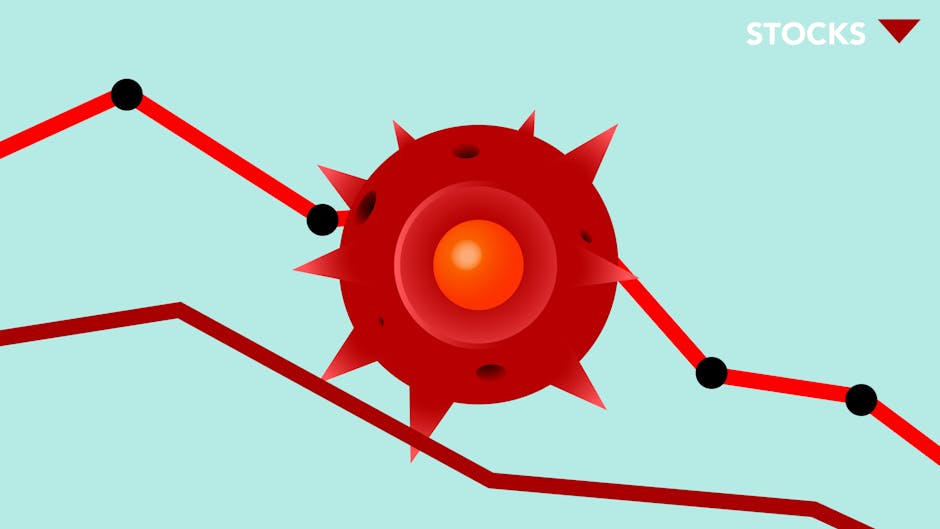Companies with the best and the worst fundamentals.
Lists of companies in NSE500 with the best and the worst fundamentals...
Lists of companies in NSE500 with the best and the worst fundamentals...
List of the latest important filings for NSE500....
Lists of companies in NSE500 with the best and the worst technicals...

The article discusses the recent rise in safe-haven assets, including the all-time...

The partnership between OpenAI, Samsung, and SK Hynix signifies a transformative moment...

An analysis of the U.S. stock market's record highs in light of...

The recent U.S. government shutdown has sparked significant uncertainty in financial markets and stifled critical business operations. As delays in reporting key economic indicators loom large, investors are left grappling with incomplete data that traditionally guide their decisions. The impasse, which began on October 1, 2025, has led to the cancellation and deferral of important economic reports, including the highly anticipated jobs report that serves as a barometer for the economy.
One of the immediate effects of the shutdown is the postponement of the nonfarm payrolls report, which typically provides insight into employment trends and economic health. Without this crucial data, the market faces heightened volatility, as traders and analysts struggle to anticipate economic conditions.
The labor force participation rate recently held steady at 62.3% in August 2025, down slightly from 62.4% in May 2025. Such metrics are essential for guiding market predictions and monetary policy. With these figures now delayed, uncertainty abounds among financiers and economists alike, adding to the existing anxiety surrounding U.S. economic prospects.
The government shutdown has also stalled many companies' plans to go public, which could have long-lasting repercussions for market dynamics. Initial Public Offerings (IPOs) are a critical mechanism for raising capital and providing liquidity. However, with a lack of timely regulation and inability to gather essential economic data, many firms have chosen to delay their IPOs indefinitely.
Furthermore, the venture capital landscape is showing signs of strain. Investors are increasingly wary of committing funds to new projects when the economic outlook is murky. Venture capital funding, which fell to approximately $57 billion in Q2 of 2025, is anticipated to slow even further as VCs remain cautious in light of the delayed economic indicators.
In the meantime, Wall Street analysts are turning their attention to upcoming bank earnings reports as they seek clues about the economic climate. With major banks set to release earnings at the end of October, investors are eager for insights into consumer behavior and credit conditions. Analysts are particularly focused on how banks have fared amidst rising interest rates. The 1-Year Treasury Constant Maturity Rate is currently at 3.62%, while the 10-Year Treasury Rate stands at 4.1%, indicating increasing borrowing costs that could affect consumer and business spending.
Market observers note that the consumer price index (CPI) has also risen, reaching 323.364 in August, reflecting inflationary pressures that could complicate the Federal Reserve's monetary policy. The effective federal funds rate has reached 4.22%, a distinct shift from previous years, further dampening confidence in economic stability.
The effects of the government shutdown extend beyond stock market volatility; they also pose risks for commercial lending. The total outstanding commercial and industrial loans at all commercial banks were reported to be $2.685 trillion in August 2025. A decline in lending activity could stem from banks’ reluctance to extend credit during an uncertain regulatory environment and lack of clear economic signals.
Moreover, housing markets are also reflecting the downturn, with housing starts dropping to 1.307 million in August 2025, a significant decline from 1.429 million in July 2025. The slowdown in construction activity may show that homebuilders are becoming increasingly cautious, which could lead to a slowdown in economic growth.
Consumer sentiment is another critical indicator affected by the government shutdown, with the University of Michigan Consumer Sentiment Index falling to 58.2 in August 2025. This marked a decline from 61.7 in July, indicating growing consumer concern regarding the economy's direction. Coupled with an unemployment rate that has ticked up to 4.3%, from 4.2% in July, the atmosphere of uncertainty is palpable.
As the shutdown persists, analysts predict that consumer spending may also decline, further exacerbating the economic slowdown. The current state of job openings, which sits at 7.227 million, may be resilient, but without the support of consumer confidence, this figure could erode quickly.
The ongoing government shutdown is creating a complex web of uncertainty for the financial markets, businesses, and consumers alike. As key economic indicators are delayed, businesses must remain agile to adapt to rapidly changing conditions. Investors are left to navigate a tumultuous landscape, relying on secondary indicators to guide their strategies. With IPO plans on hold and venture capital facing skepticism, the impact of the shutdown is likely to ripple through the economy for months to come.

The article analyzes the immediate impact of the U.S. federal government shutdown...

Recent regulatory and tax changes on a global scale reveal shifting dynamics...